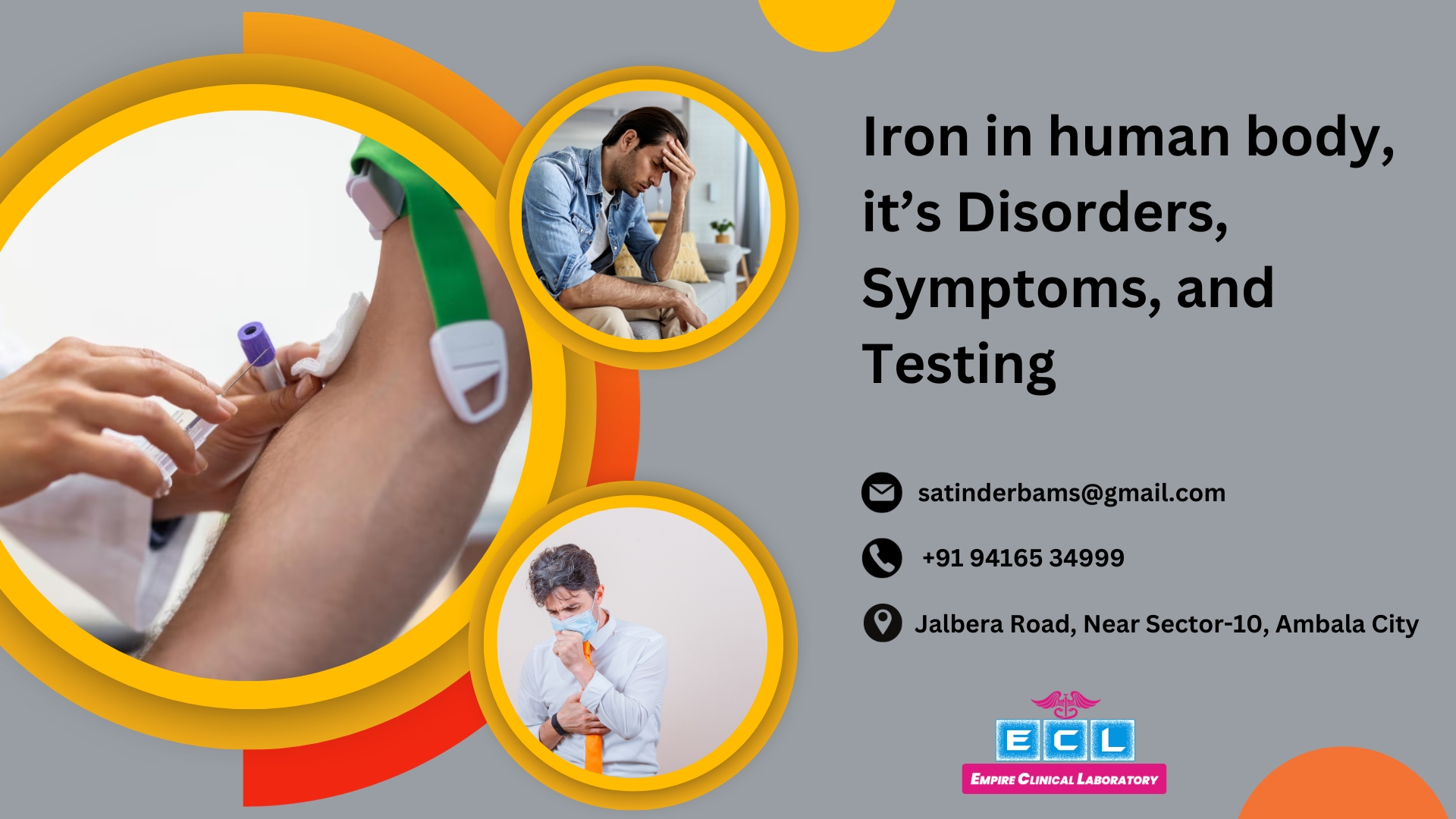Iron is a vital nutrient that our body needs to function properly. It plays a crucial role in carrying oxygen throughout our body and supporting various bodily functions. However, having too much or too little iron can lead to health issues. In this article, we will explore iron-related disorders, their symptoms, and how testing can help diagnose and manage these conditions.
Iron Disorders
Iron disorders can manifest in two main ways: iron deficiency and iron overload. Let's dive into the details of both.
Iron Deficiency
Iron deficiency occurs when there is not enough iron in your body to meet its demands. This can lead to a condition called anemia. Common causes of iron deficiency include inadequate dietary intake, blood loss due to injury or medical conditions, and poor iron absorption.
Symptoms of Iron Deficiency:
- Fatigue
- Pale skin
- Shortness of breath
- Dizziness
- Cold hands and feet
- Brittle nails
- Headaches
- Weakness
- In severe cases, chest pain and an irregular heartbeat
Iron Overload
Iron overload, on the other hand, is when there is too much iron in the body. This can lead to a condition known as hemochromatosis. It often occurs due to a genetic mutation that causes excess iron absorption from the diet.
Symptoms of Iron Overload:
- Joint pain
- Fatigue
- Abdominal pain
- Unexplained weight loss
- Bronze or grayish skin color
- Weakness
- Heart problems
- Testing for Iron Disorders
If you or your healthcare provider suspect an iron disorder, various tests can help diagnose and manage the condition. These tests include:
Complete Blood Count (CBC): This blood test measures your hemoglobin and hematocrit levels to check for anemia.
Serum Ferritin Test: This test measures the amount of iron stored in your body.
Total Iron-Binding Capacity (TIBC) Test: TIBC measures the proteins in your blood that carry iron and assesses your body's ability to transport iron.
Transferrin Saturation: This test evaluates the percentage of transferrin (a protein that carries iron) that is saturated with iron.
Genetic Testing: For suspected hereditary iron disorders like hemochromatosis, genetic testing can help identify specific gene mutations.
Enjoy the convenience of free sample collection right from the comfort of your home with Empire clinical Laboratory. Say goodbye to the hassle of travelling to the lab – we bring our services to you!
Conclusion
Iron disorders can have a significant impact on your health, but they can be managed with proper diagnosis and treatment. If you experience symptoms related to iron deficiency or iron overload, it's essential to consult a healthcare professional for testing and guidance. By understanding the symptoms and the importance of testing, you can take steps to maintain your iron levels and lead a healthier life.









